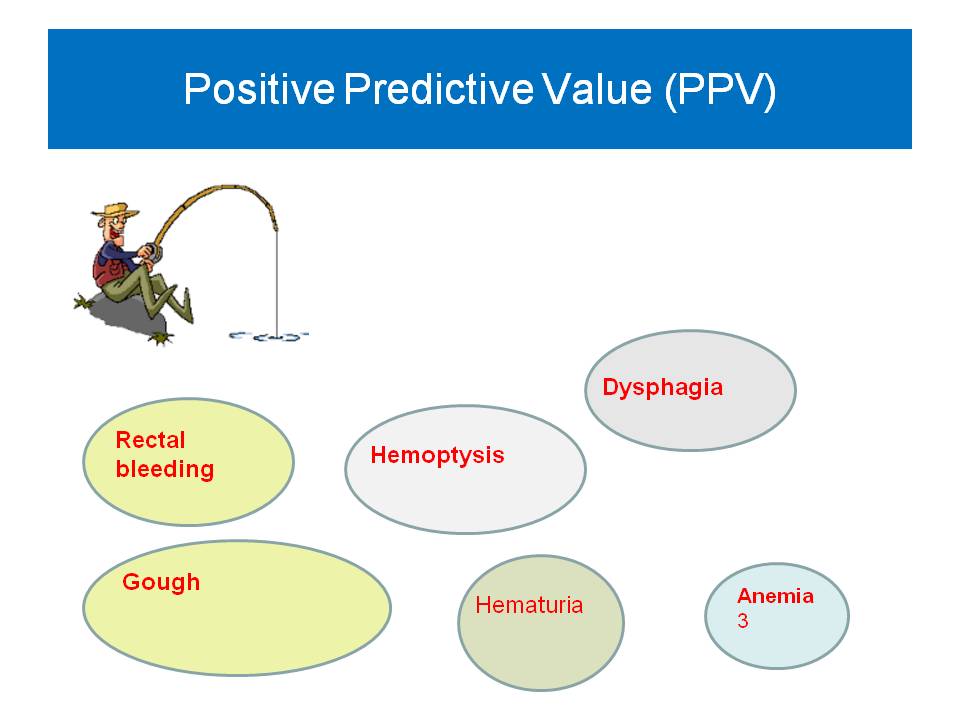Diagnostic delay and models of cancer care

There are three basic models of cancer care in the literature, two of them derived from the world of the psychology , the Safer model [23] and the Andersen model [24], widely used in publications, and the third one coming from the medical general practice world, the Olesen model [25] developed in Denmark. Based on her publication we think is also worth to introduce a fourth model, the Walter model [26], a refinement of the Andersen model, that introduces the term “time interval” rather than delay.
The Safer model has been the base for the rest and its principal virtues are the division of delay in three stages with the different processes that affect the length of delay, and the exposition of predictor of delay related with the patient, describing the important role for the emotions like fear, and imagery for anticipating outcomes, conclusions extracted after real patient interview.
The four models divide the process of cancer care in several intervals usually defining the same concept but with subtle differences between them as we shown in Table 1.
There is a pre-diagnosis period that includes two intervals called “appraisal delay” and “illness delay”. Appraisal delay is defined as the duration of the interval between the first symptom and the moment the patient believes that he or she is ill, followed by a second interval or Illness delay, defined as the time inverted in the decision of looking for an appointment with a doctor, usually a General Practitioner outside a hospital. The Andersen and, specially, the Safer model, enhance the importance of the psychological aspects involved in the decision to contact with the health care system , a decision that could constitute a major portion of the total delay in cancer.
The four models are “static” and they do not take in consideration the clinical reasoning skills of the provider or the quality of the diagnostic tests.
Table 1
Models of cancer care and diagnostic pathway
| SAFER | Appraisal delay | Illness delay | Utilization delay | Total delay | |
| The person experience that something is wrong | The person decision to look for professional care | The person must decide whether the care is worth | Days from the first symptom to the visit to the clinic | ||
| ANDERSEN | Appraisal delay: | Ilness delay | Behavioural delay | Scheduling delay | Treatment delay |
| Days from first symptom until consideration to be ill | Days from consideration to be ill until the moment to seek medical help | Days spent to get an appointment | Time between making an appointment and first medical attention | Days spent until first treatment | |
| OLESEN | First Symptom.
| First contact with GP
| First investigations | ||
| Patient delay | Patient delay/Doctor delay | Doctor delay/System delay | Referral to hospital/ System delay | Diagnosis./ System delay
| |
| WALTER | Detection of body changes.
| Reasons to see a HCP | First consultation with a HCP.
| Diagnosis.
| |
HCP: Health Care Practitioner. GP: General Practitioner
BIBLIOGRAPHY
[23] Safer MA, Tharps QJ, Jackson TC, Leventhal H. Determinants of Three Stages of Delay in Seeking Care at a Medical Clinic. Medical Care 1979; 17: 11-29)
[24] Andersen BL, Cacioppo JT. Delay in seeking a cancer diagnosis: Delay stages and psychophysiological comparison processes. Br J Soc Psychol 1995; 34: 33-52
[25] Olesen F, Hansen RP, Vedsted P. Delay in diagnosis: the experience in Denmark. Br J Cancer 2009; 101: S5-S8
[26] Walter F, Webster A, Scott S, Emery J. The Andersen Model of Total Patient Delay: a systematic review of its application in cancer diagnosis. Journal of Health Service Research&Policy 2012; 17: 110-118


